Martin Scorsese’s adaptation of Dennis Lehane’s Shutter Island may have been critically acclaimed, but what changes did the legendary director make to the original novel? Released in 2010, Shutter Island was a critically-lauded adaption of Mystic River writer Dennis Lehane’s 2003 mystery novel of the same name.
Following a US Marshall as he uncovers the terrible truth behind the titular facility for the criminally insane, both the original Shutter Island novel and the movie adaptation feature a shocking last-minute twist that changes everything about the story that has come before. However, Scorsese’s movie changes this twist a little, and that’s not the only alteration made to the book’s action.
Both the novel Shutter Island and its movie adaptation were well-loved by critics, who were impressed by the book’s complex plotting and the movie’s stellar performances. However, Scorsese’s movie version of Shutter Island truncates the book’s action somewhat by making a major clue easier for the protagonist to decipher, changes the ending slightly (in one of the decade’s best movie plot twists), and switches up some details of the location and the troubled antihero. Whether these changes work in favor of the novel or the movie is up to each viewer, but in many ways, Scorsese’s Shutter Island adaptation is the stronger, more impactful version of Lehane’s story.
The Island Is Bigger (But Not Necessarily Better)
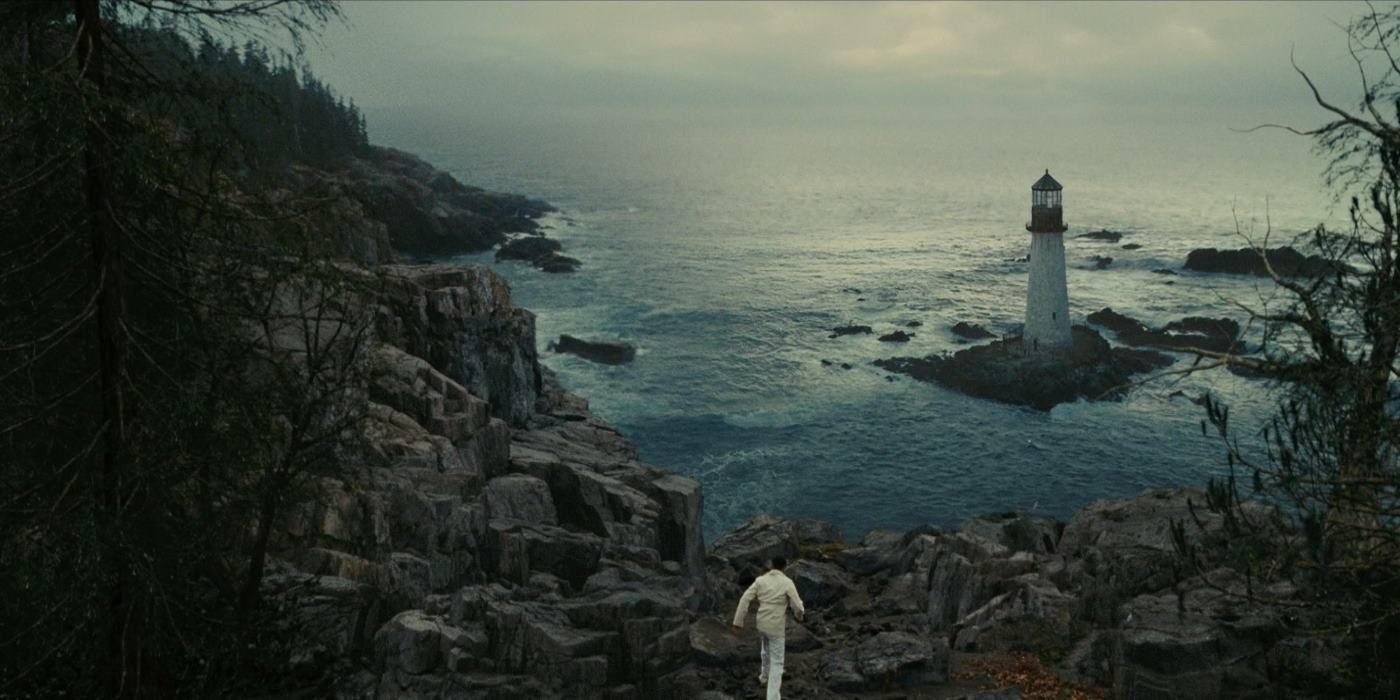
The eponymous setting of the original Shutter Island novel is described as being extremely small, so much so that no one would be able to evade the detection of the facility’s guards for long. While not quite limited to just the facility itself, the Shutter Island of the book does consist of only a small forest, the facility, some cliffs, the facility’s gardens, and little else. Although this rundown also describes the major locations of Scorsese’s movie, the film version of Shutter Island is far larger and doesn’t have the claustrophobic feel of the novel.
Whether this works in favor or against the novel is up to the individual viewer. On the one hand, Lehane’s novel leaves the troubled Teddy with nowhere to hide when pursued by the facility’s guards, as the island is tiny, and the small size of the setting exacerbates his understandable paranoia that everything he says is being overheard. That said, in the must-see Scorsese movie, Shutter Island is arguably creepier as the sheer size of it means that patients and orderlies alike could go missing, become lost, or just seemingly vanish and they would never be heard from again. It’s a different sort of paranoia, and both settings are suitably creepy.
Rachel Solando’s Cave Hideout
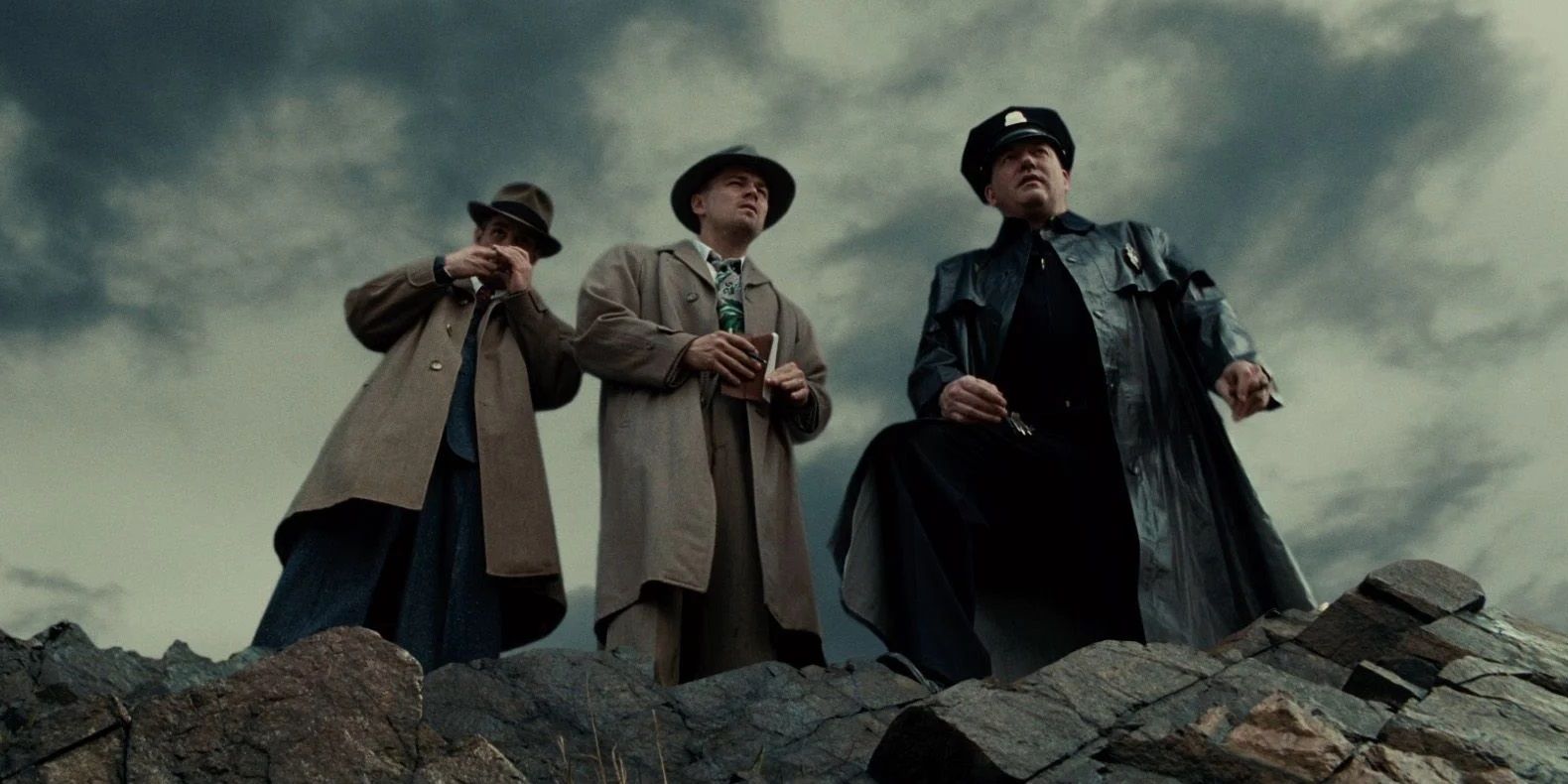
The note that leads Teddy to Rachel Solando is not as easy to decipher in the Shutter Island novel as it is in the movie. In the latter, Rachel’s note is quickly deciphered so that the action can remain propulsive and fast-paced, with Scorsese keeping the story progressing at a clip to keep the tension high. In Lehane’s source novel, Teddy needs more time and detective work to decode the note, as the book is a mystery and readers expect to see the entire deduction process, Sherlock Holmes-style. For viewers who prefer a quick pace Scorsese’s approach works better, whereas those who love dwelling in uncertainty will rather Lehane’s more measured take on this scene.
Teddy’s Likability (Or Lack Thereof)
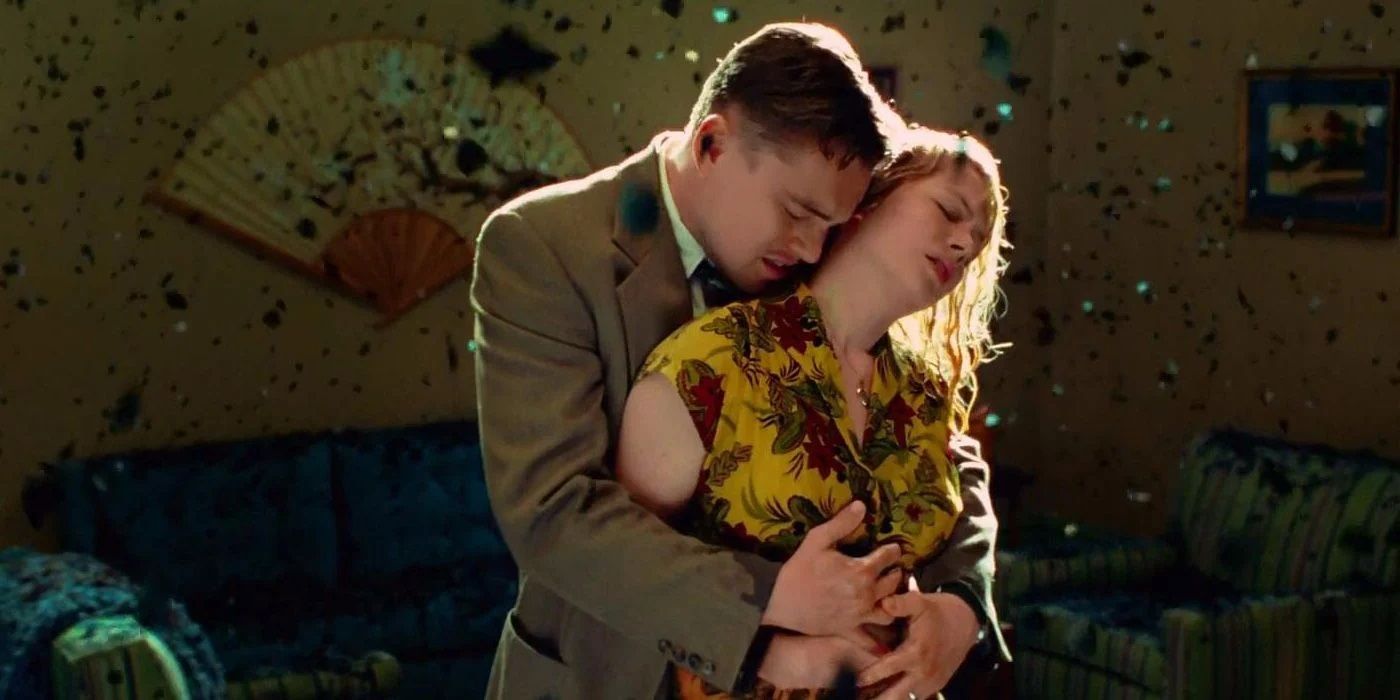
In the original novel version of Shutter Island, Teddy isn’t as likable as he is in the movie adaptation. Part of this is down to Scorsese’s ability to make anyone from unrepentant scumbag Henry Hill to unhinged kidnapper Robert Pupkin into a likable protagonist, but part of it is also likely intentional on Lehane’s part. The crime author doesn’t generally write uncomplicated, morally upright, friendly heroes. As his long bibliography proves, most of Lehane’s antiheroes are deeply complex, morally ambiguous figures, some of whom are almost as bad (and occasionally worse) than the villains they are pursuing. If Teddy were too morally upright and well-behaved, readers of the novel would likely guess the movie’s shocking final twist (that he is actually a patient in this institution, not a Marshall investigating it, and that he murdered his wife and children before the book’s action began).
As is, the novel throws readers off the scent as it portrays Teddy as a man with demons, haunted by his experiences in the war and his difficult line of work. Readers are likely to find him harsh and unforgiving, but unlikely to guess the extent of the evil he is capable of. However, Scorsese’s approach also makes sense given the medium he’s working in. In the film, there’s a lot less time to get to know the protagonist than in novels, and Teddy is established as more of a decent and upright marshal to imply that the denizens of the island are off-kilter. Since the movie’s brisk runtime gives viewers less of a chance to guess the twist, Scorsese doesn’t need to worry as much about throwing viewers off the scent by making Teddy a more cold and uncaring character, meaning viewers immediately warm to DiCaprio’s versions of the protagonist and are more shaken by his eventual horrific realization,
Teddy’s Final Question
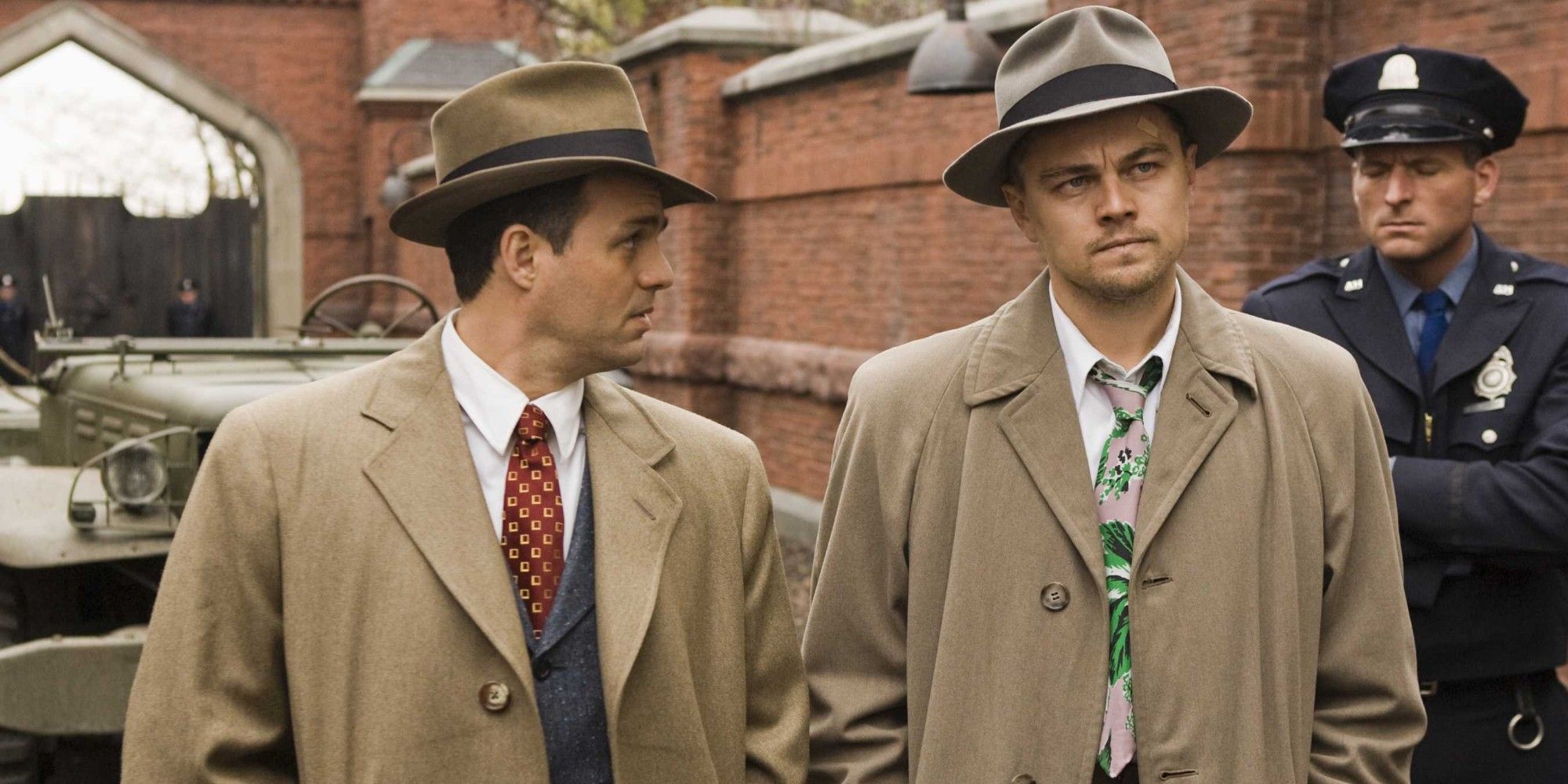
Scorsese’s Shutter Island changed the book’s ending. After the bombshell revelation that Teddy is no Marshall, but rather a patient, at Shutter Island, the novel closes on a downbeat note as the character admits to his crimes and opts to have an experimental lobotomy treatment performed on himself rather than live with his guilt. In the movie, things go a little differently. Teddy turns to his Marshall “partner” Mark Ruffalo (who in reality is a doctor playing along with his delusion) and ponders whether it’s better to die as a good man or live as a monster. His partner is haunted by the inquiry, as it implies Teddy may know his true nature and might be opting for a lobotomy intentionally, or he may have merely had a moment of lucidity and still be lost in his delusion. The ending, unlike the source novel, leaves this ambiguous.
Which Works Better
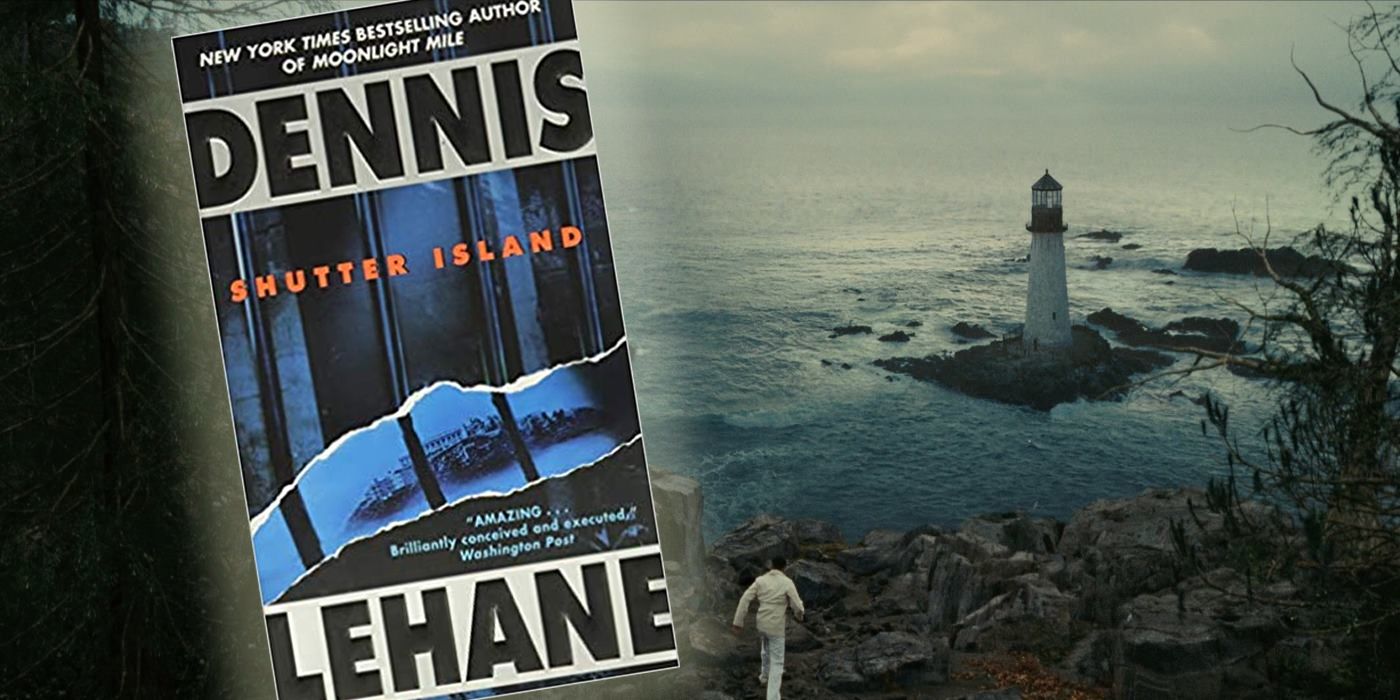
Depending on the experience that an audience member is hoping for, there’s an argument to be made for both Shutter Island the novel and the Scorsese movie. The movie is perfect for anyone who wants a heightened Hitchcock homage, a fast-paced gothic thriller filled with dutch angles and Giallo style staging, The movie’s characters may be thinly-sketched compared to the book, but the fleet-footed plot is thrilling, the Gothic horror elements are fun, and the open-ending denouement is haunting. However, for fans of straight mysteries, Lehane’s original novel is a slower, more somber thriller that lacks Scorsese’s jump scares and campy theatrics, but features a more complex protagonist and a more in-depth unraveling of Shutter Island‘s central mystery that takes place at a slower, but for some readers more satisfying, pace.




